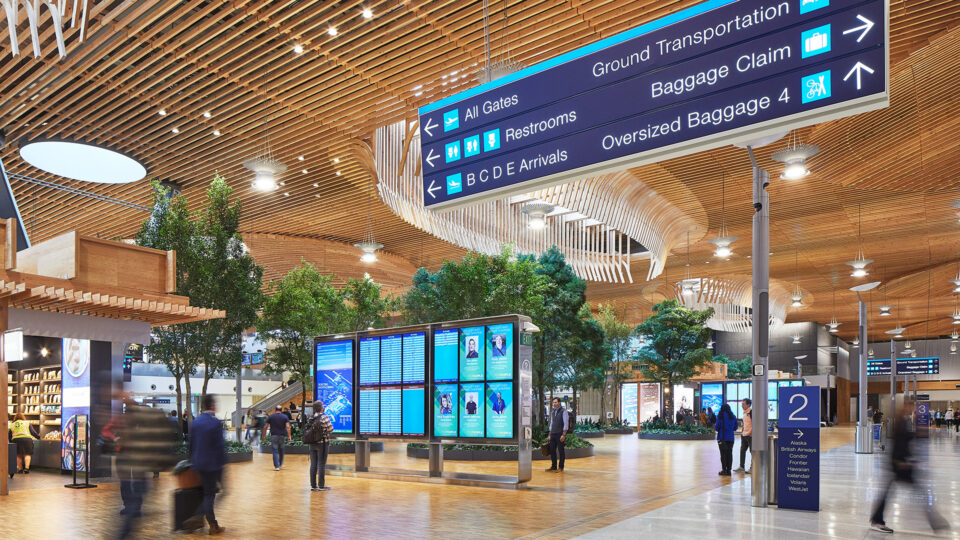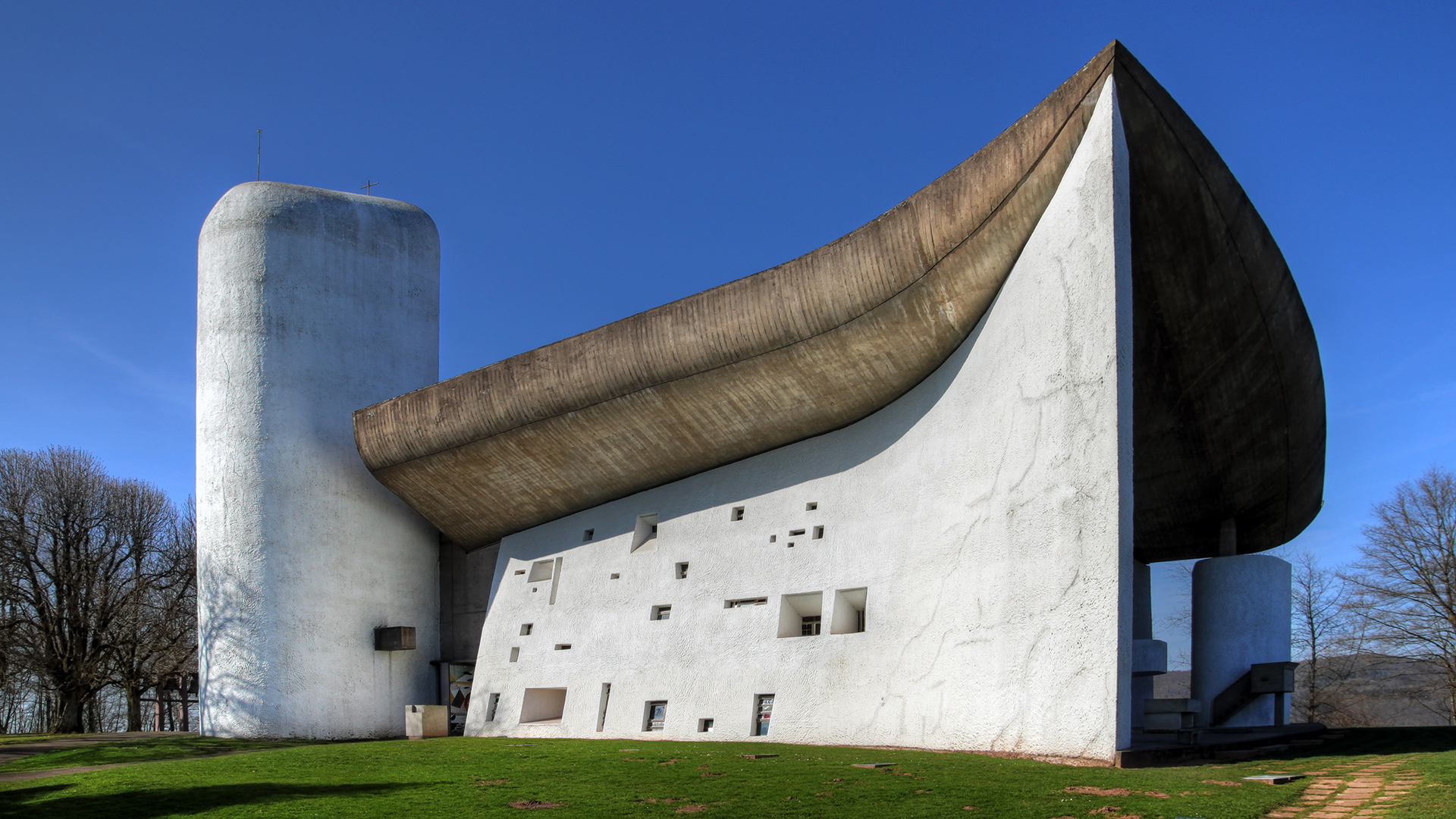The Rise of Resolution: Avoiding the Slippery Slope to a Techno-Immersive Future
The Age of Loud, Tech-Driven Experiences
In our era of hyperconnectivity and rapid digital advancement, experience design has become synonymous with high-tech spectacle. Commercial interests—whether marketing teams, media companies, or technology providers—push toward ever-louder, ever-more technically sophisticated engagements. In a fiercely competitive landscape, where attention is a scarce commodity, brands often prioritize sensory overload, crafting experiences designed to captivate in mere seconds. But at what cost?
In her 2024 book Immediacy: Or, The Style of Too Late Capitalism, Anna Kornbluh argues that contemporary culture has fostered an “aesthetics of realness without representation,” where anything requiring time to interpret is excised in favor of rapid, surface-level absorption. We no longer take the time to sit with ambiguity, to allow complexity to unfold. Instead, we demand immediacy—an aesthetic of intensity and crisis where spectacle replaces reflection. The question for experience designers, then, is: Does our reliance on high-resolution, high-intensity environments actually serve audiences or simply fuel an arms race of overproduction?
The False Promise of High-Tech Spectacle
The emergence of massive-scale, high-tech entertainment exemplifies this obsession with spectacle. These experiences prioritize visual grandeur, sensory immersion, and hyper-real digital precision, yet they often beg the intellectual investigation or rigor that fosters lasting impact. They are designed for instant consumption, for a brief moment of awe before being replaced by the next dazzling display.
But is this truly what audiences crave, or are we simply engineering experiences to fit a model of engagement dictated by commerce and speed?
Contrast this with projects like Emilie Baltz’s A Spa for the Senses at Dubai’s Museum of the Future, which challenges the dominant paradigm by integrating both high- and low-tech elements into a multi-sensory, time-intensive ritual of exploration. Here, engagement is not about immediate spectacle but curiosity, slowness, and discovery. This approach fosters richer, more layered experiences, proving that innovation doesn’t require maximum visual resolution or overwhelming sonic stimulation—it can instead emerge from the thoughtful interplay between technology, sensory perception, and human emotion.
The Case for Calm and Meditative Design
Amidst the relentless push for technological spectacle, a counter-movement is emerging—one that prioritizes subtlety, balance, and human-centered interaction. “Calm technology,” as pioneered by Mark Weiser, suggests that the most effective technologies are those that fade into the background, enhancing experiences without demanding constant attention. This philosophy is deeply intertwined with psychology, sound, and color theory, as seen in projects like Chromasonic in Los Angeles and Gita Studio in Mexico City, which explore the ways light, sound, and space can influence mood and well-being. Rather than bombarding audiences with high-definition visuals or sensory overload, these approaches create contemplative, immersive spaces that encourage introspection rather than instant gratification.
This raises important questions:
Can we shape a compelling perspective on experience design that disrupts the current obsession with technology-manifested spectacle?
What role do human ritual, abstract aesthetics, invisible or calm technology, and longer-form meditative experiences play in countering pop culture’s accelerating flashiness?
Beyond Museums: A Commercial Imperative
One might argue that this slower, more considered approach is best suited to museums and cultural institutions, as well as art spaces and wellness retreats. But can commercial and for-profit brands also create real value by embracing this counter-trend? If audiences increasingly seek meaningful, thoughtful engagements rather than high-resolution spectacles, could brands that adopt a more nuanced approach build deeper, more lasting connections with their customers?
This is not just a philosophical exercise—it’s a business opportunity. Brands that use technological subtlety to incentivize introspection may differentiate themselves in an oversaturated market. Imagine retail spaces designed not as visual onslaughts but as environments that invite exploration and reflection. Imagine hospitality environments that incentivize patience and mindful reflection over instant stimulation. Imagine transportation hubs integrating invisible technologies to enhance well-being without demanding visual attention.
Finding Balance: Innovation and Introspection
Does embracing calm, meditative design require us to abandon technology-driven experiences? Or is there a way to harmonize the two—melding the precision of high-tech with the thoughtfulness of slow design? Do all types of “high tech” spaces drive us towards spectacle? Or, in a McLuhan-esque mindset, is it just the type of technology that drives spectacle versus introspection (visual vs. sonic vs. haptic, for example)? A four-wall box of high-resolution visual media generally begets spectacle. But the same four-wall space, experienced in complete darkness with 28 channels of spatialized sound, might be transcendental.

So, what if we back away from technological innovation altogether and return to the origins of architecture and experience design? The best built environments have always been deeply human, rooted more in the integration of material and light than in technical spectacle. There are hundreds of examples, but the interiors of Tadao Ando’s Church of the Light and Le Corbusier’s Ronchamp Chapel come immediately to mind. In the experience design field, where technology integration has become expected and normalized, one wonders what happens to our practice if we pursue calmer technologies in service of more introspective experiences. Can technology-rich experiences borrow from architectural principles and instead create moments of quiet power rather than sheer intensity and spectacle? Or will that cannibalize our practice as we become consumed by the behemoth forces of architecture at large?
Perhaps the future of experience design lies not in choosing between high-tech and low-tech; between spectacle and subtlety, but in crafting a new synthesis—one that acknowledges our technological capabilities while respecting our psychological and emotional needs. In an era increasingly defined by immediacy, distraction, and sensory overload, those who design for depth, nuance, and patience may ultimately create the most enduring experiences of all.
Less or More? Rethinking Design’s Role — Live at Branded Environments
If The Rise of Resolution sparked something for you, continue the conversation with David Schwarz, Founding Partner at HUSH, during his closing keynote at 2025 SEGD Branded Environments on April 24 at ISA International Sign Expo in Las Vegas.
Titled “Less or More? Rethinking Design’s Role,” David’s talk challenges experience designers to pause and reconsider our place in a world saturated with spectacle. Are we complicit in overstimulation, or can we craft moments of meaning—spaces for reflection, connection, and depth?
Whether you work in brand, architecture, or immersive tech, this session will offer a compelling case for designing with intention—not just innovation.
People also viewed
-
2025 SEGD Branded Environments

2025 SEGD Branded Environments
-
2025 SEGD Branded Environments: Meet the Thought Leaders Crafting Brand-Driven Experiences

2025 SEGD Branded Environments: Meet the Thought Leaders Crafting Brand-Driven Experiences
-
2025 SEGD Wayfinding + Placemaking: Meet the Visionaries Shaping Our Spaces

2025 SEGD Wayfinding + Placemaking: Meet the Visionaries Shaping Our Spaces

